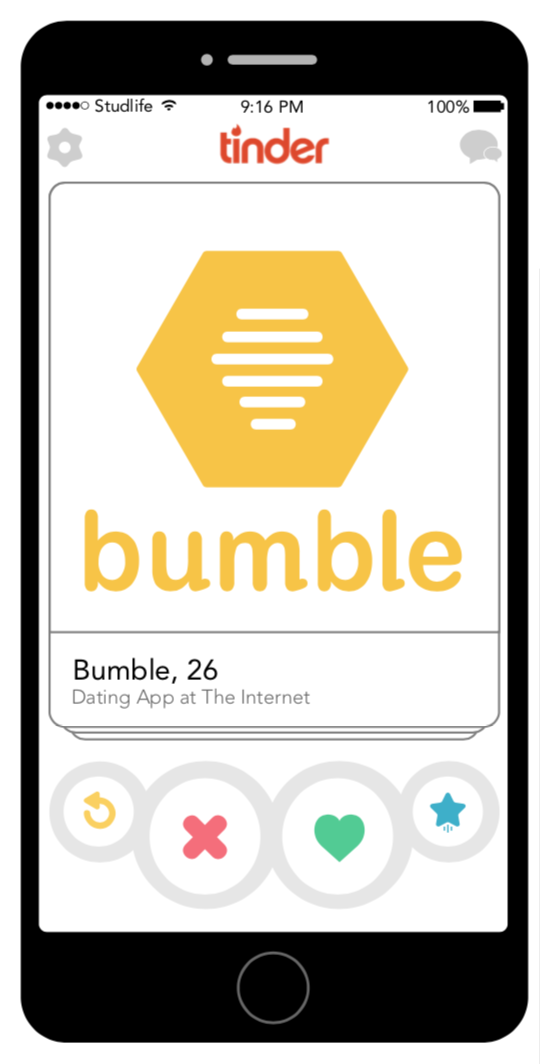Lifestyle | Scene
‘Dating’ apps: Where social media requires social interaction
Perhaps Mark Zuckerberg predicted the rise of Tinder, too. After all, he invented FaceMash, a website that allowed you to compare the physical attractiveness of women for fun. But, of course, Tinder is more than this; there is a purpose, an algorithm, an end goal to it.
For those of you who don’t know, Tinder is an app that allows you to create a profile using your Facebook or phone number in order to start swiping on people who live around you and are looking for some sort of relationship. Swiping right means you’re interested, left means pass and if it’s really love at first sight, you can hit the Super Like button so they’ll be notified of your “super” interest. Your profile includes a short description of yourself, and you can even link your Spotify and Instagram accounts for a more holistic perception of your interests.
 Illustration by Josh Zucker
Illustration by Josh Zucker Depending on who you ask here at Washington University, everyone has their own algorithm to how they Tinder. A freshman girl who wishes to remain anonymous explained to me that she only looks at the colleges her results attend and swipes right on the ones she considers “good”. Others only swipe right on guys of a certain height, which explains why so many men on Tinder have their height in their bio. Some of Wash. U.’s more shameless Tinder users even purposely match with Fontbonne students to potentially get a parking spot. Now, you’re probably thinking, “That’s so shallow,” but let me ask you this: If you’re using an app that is primarily based on your immediate perception of someone’s physical appearance, is that somehow better?
While it is arguably the most popular overall, Tinder isn’t the only app of its kind: There’s Bumble, Grindr and even an app called The League, which is marketed toward young “elite” adults and requires an extensive application process. Grindr is an app similar to Tinder that is exclusively for gay men and doesn’t have a matching process, so anyone who appears on your phone screen is fair game to chat.
Perhaps Tinder’s biggest competitor here at Wash. U. is Bumble, which was created by Whitney Wolfe, one of the supposed co-founders of Tinder who left the company after she experienced online sexual harassment during her time there. Thus, what makes Bumble different from Tinder is that women have most of the control. You swipe and match in virtually the same fashion as Tinder, but when it comes to direct messaging, women message first and they have only 24 hours to do. In this way, Bumble is clearly marketed toward women seeking men, but it is possible and just as simple for same-sex-seeking people to use the app as well. Make sure to snag a Bumble hat next time you’re around AEPi.
But why use any of these apps as a student? Well, there’s a number of explanations. Possibly out of boredom or the ease of chatting with someone you’re attracted to through a medium rather than face-to-face. I asked this question to a match on Tinder, who responded, “I kind of just stuck around. This is where I’ve met a lot of people, so it’s been good to me I guess.” While there is a stigma around having a Tinder, there is also an undeniable ego boost that accompanies a match notification. Whether it’s someone you’ve never seen before or that one person you always see around campus but don’t know their name, dating apps can grant the reassurance that someone else appreciates the things you love about yourself.
